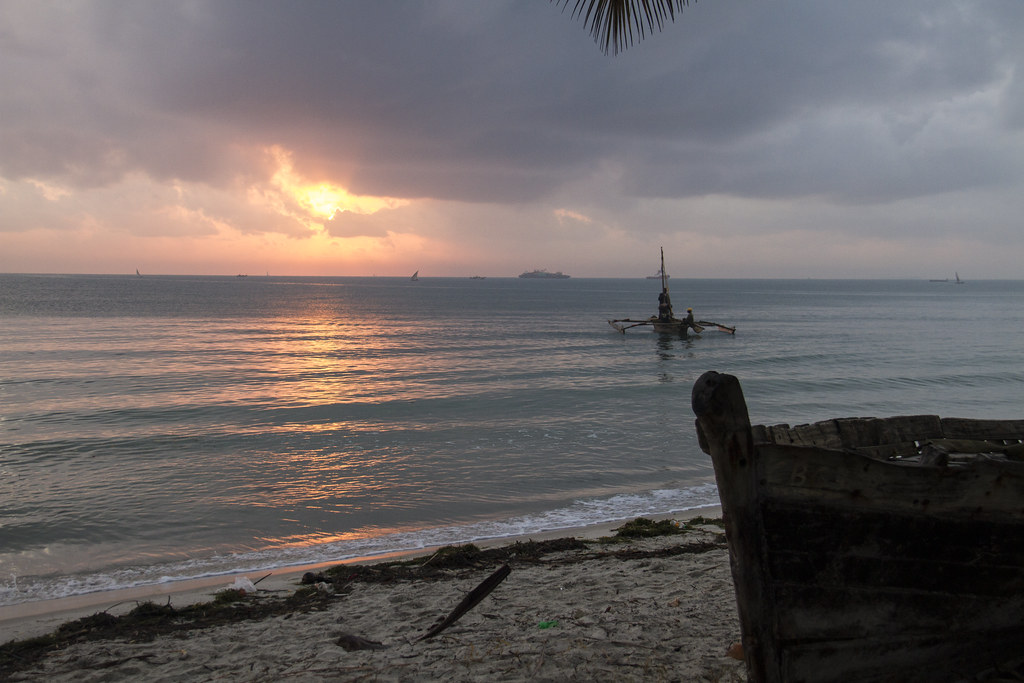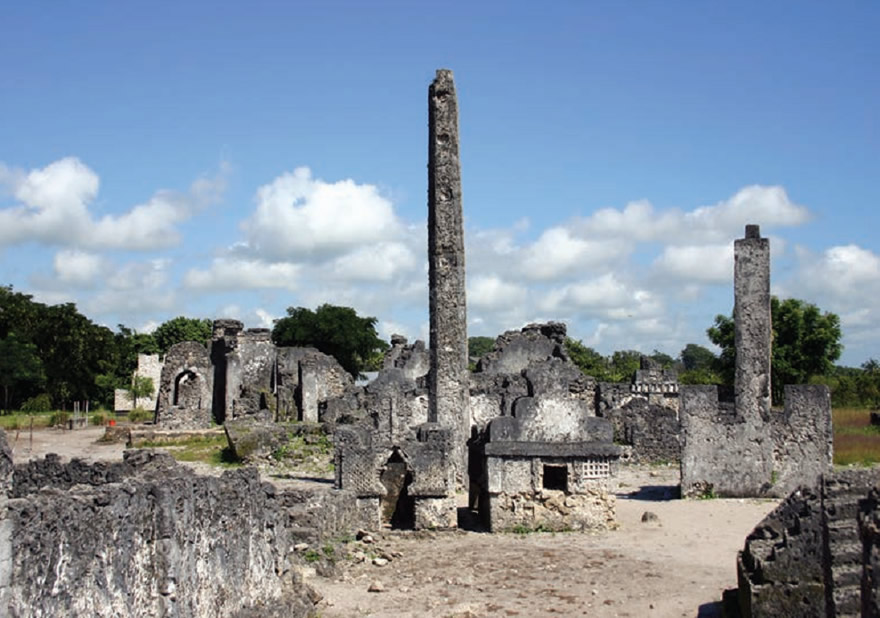
Bagamoyo, whose name hauntingly means "Lay Down Your Heart" in Swahili, was a major 19th-century slave and ivory trading port and the first capital of German East Africa. Today, this coastal town north of Dar es Salaam is a captivating, somewhat sleepy place where layers of history – Arab, German, and British colonial, alongside rich Swahili culture – are etched into its crumbling architecture and ancient ruins.
The name "Bagamoyo" itself is heavy with meaning. It derives from "Bwaga Moyo," which translates to "Lay down your heart" or "Throw off melancholy." This referred to the despair of enslaved people brought from the interior, knowing they were leaving their homeland forever, or perhaps the relief of porters who had completed their arduous journey.
Key Historical & Cultural Sites:
- Kaole Ruins: The remains of two mosques and several tombs dating back to the 13th-15th centuries, evidence of early Shirazi Arab influence. The old baobab tree here is said to be centuries old.
- Old Fort (German Boma): Built in 1897, this was the German administrative headquarters. It has a dark history, also serving as a prison.
- Caravan Serai: A former staging post for slave and trade caravans. It's a somber site, now housing a small museum.
- Catholic Mission & Museum: Founded in 1868 by the Holy Ghost Fathers, it played a crucial role in ransoming and educating freed slaves. The museum is excellent. The chapel is where David Livingstone's body lay for a night before being transported to Zanzibar and then England.
- Livingstone's Church (Anglican Church): Though he never saw it completed, it's named in his honor.
- German Cemetery: A well-maintained cemetery for German colonial officials and settlers.
- Dhow Building: You can still see traditional dhows being built along the beach, a craft passed down through generations. I always marvel at the skill involved.
Modern Bagamoyo: While history is prominent, Bagamoyo is also a living town with a fishing community, local markets, and the renowned Bagamoyo College of Arts (Chuo cha Sanaa), a major center for traditional Tanzanian music, dance, drama, and fine arts. If you can catch a performance, it's a fantastic experience. The town also hosts an annual arts festival.
Atmosphere: Bagamoyo has a much slower, more laid-back pace than Dar es Salaam. The air is thick with history, and the crumbling colonial buildings and ancient ruins create a unique, somewhat melancholic atmosphere, especially as the sun sets over the Indian Ocean.

Apollo's Recommendation
“Bagamoyo is a place that truly makes you reflect. My strongest recommendation is to take a guided walking tour through the old town. A good local guide can bring the stones to life, explaining the significance of the **Old Fort (German Boma)**, the **Caravan Serai** (imagine the despair of those held there), and the various mission buildings. It’s incredibly moving. Don't miss the **Kaole Ruins** just south of town – these 13th-century Shirazi ruins predate much of Bagamoyo's colonial history and offer a different perspective. I always find a quiet moment at the **Catholic Mission Museum**, the oldest in East Africa, particularly poignant; the history of freed slaves finding refuge there is powerful. And if you have time, visit the Bagamoyo College of Arts (Chuo cha Sanaa) to see a more modern, vibrant side of local culture.”
About the Author
APApollo Kwilabya
History Buff & Tanzanian Coastal Expert
Former park ranger with over 7000 days of safari experience
Bagamoyo: A Walk Through Tanzania's Poignant Colonial & Swahili Past



Frequently Asked Questions about Bagamoyo
Location
Ready to explore this highlight?
Contact us to plan your perfect safari experience that includes a visit to this amazing destination.
Ready to Experience Tanzania?
Browse our safari tours to start planning your adventure.
View Safari Tours